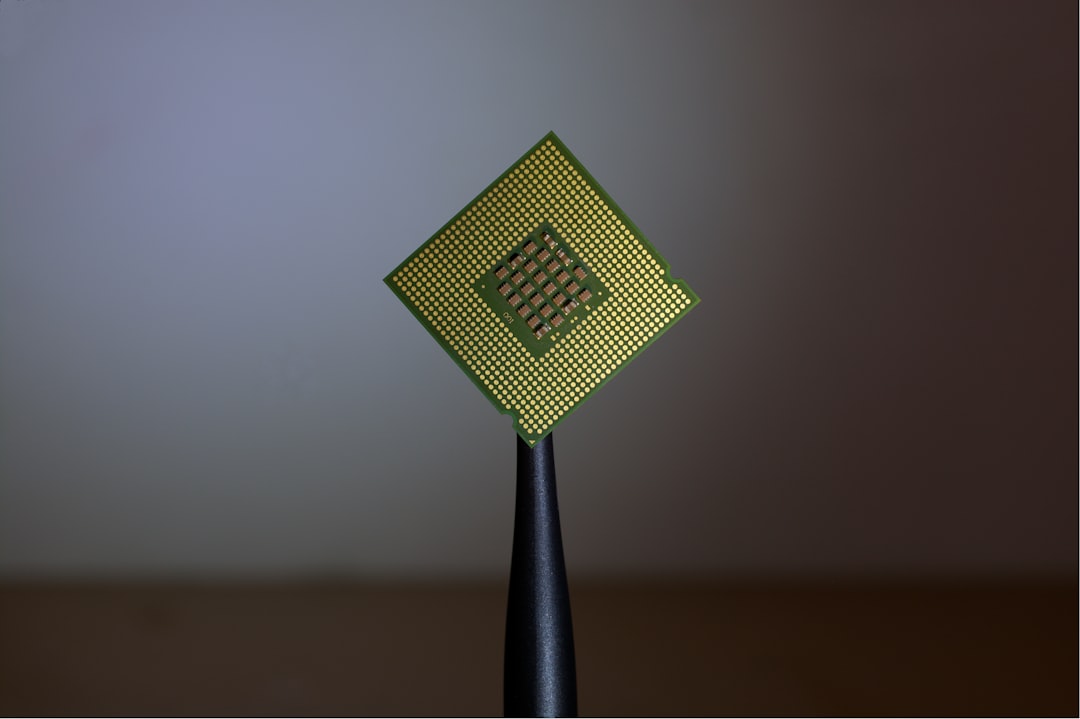What is it about?
Visible Light Communication (VLC), sometimes called Li-Fi, is a new technology that allows the use of light sources (lamps) to send information to electronic devices (i.e., computers, smartphones... ) In this work, we presented a method to evaluate the risk of eavesdropping such communication. This methodology is intended to determine which areas posses a higher risk and therefore where to invest in palliative measures.
Featured Image
Why is it important?
At the current time, there is insufficient work in the area of study (risk assessment in VLC) while at the same time the involved technology (VLC/Li-Fi) is being introduced in the mass market. Significant findings of this work are that: a) eavesdropping can be done from outside to indoor networks as long as an aperture (window) is present, b) eavesdropping can be easily done from a wide range of distances and c) there are positions from which eavesdropping can be done outside the control of the final user.
Perspectives
I hope this work increases the awareness of VLC security limitations in order to increase its security and use of this amazing technology.
Mr Ignacio Marin-Garcia
Escuela Superior Politecnica del Litoral
Read the Original
This page is a summary of: Evaluating the Risk of Eavesdropping a Visible Light Communication Channel , IET Optoelectronics, July 2018, the Institution of Engineering and Technology (the IET),
DOI: 10.1049/iet-opt.2018.5052.
You can read the full text:
Contributors
The following have contributed to this page










